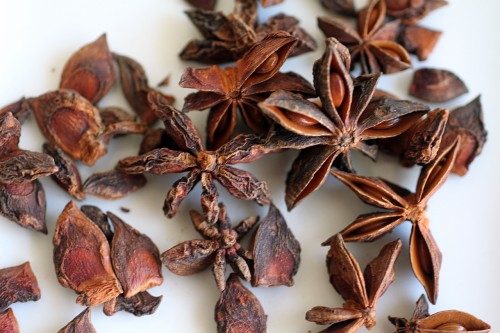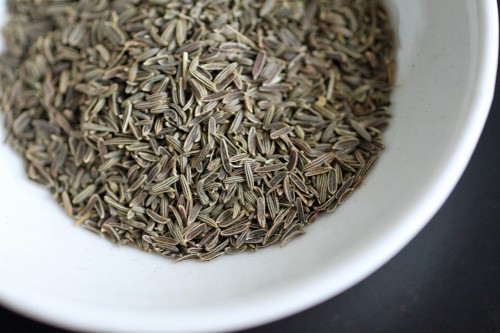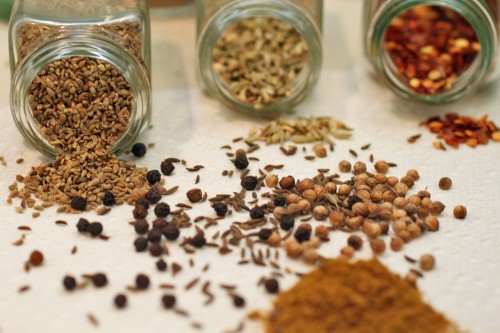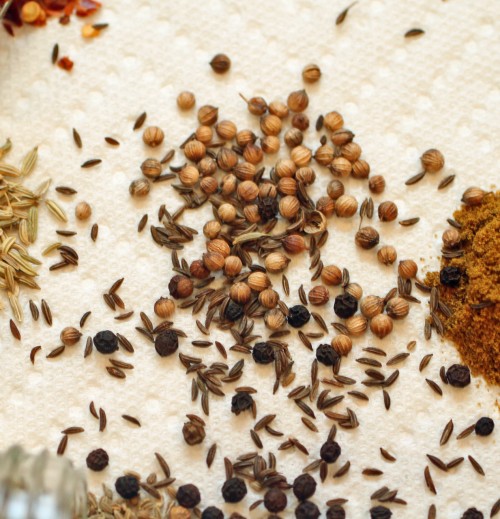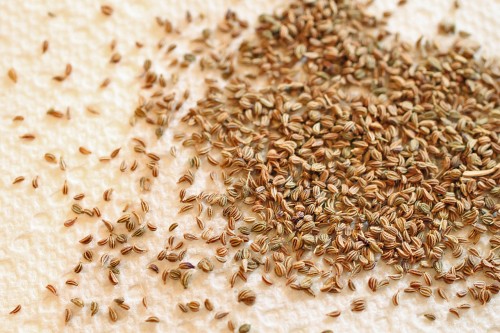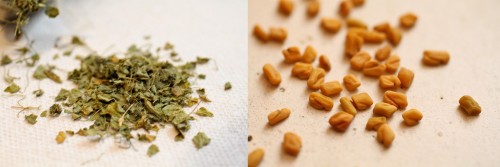Half Manuscript Deadline and Playing with Ingredients
This week I have been a complete catastrophe! Half of my manuscript is due, and I am writing my booty off to make the deadline (broken finger and all). I spent the entire week cooking and writing….and revising and writing again! Being a stress basket aside, I did experiment a bit with some ingredients and wanted to share my findings with you all.
In this photo on the left is sumac, in its whole, dried berry form. I use sumac all the time in za’atar and have only really seen it already ground. I had some thoughts about using it whole but after biting into it I changed my mind. It has a small pit, not unlike a pomegranate, but much tougher since it’s dried. The flavor is incredible though – tart and floral, and I’m happy to grind it and keep it moving.
On the left is hibiscus, and I have been on a full-on West Indian kick this week! Dried hibiscus is called sorrel there and used to make a tart soft drink of the same name, spiced with cinnamon and clove and usually served around the holidays. I played around with it for my dessert section of the book and am pumped about how it all came out.
I also cooked up some oxtail for a pasta dish and killer peas and rice. I have never used a recipe to make nor given much thought about how much of anything goes into these dishes. I’m on automatic when I cook them, so it’s really been interesting for me – translating my body’s memory of cooking into measurements and finite amounts. Does it taste the same? I don’t know!! I’m being crazy – they do….they came out full-flavored and I can’t wait until I see them in the book.
I’m throwing this photo in because I love the stuff and have been messing with it in all sorts of recipes. I’ll just say – you’ll never look at French dressing the same!





